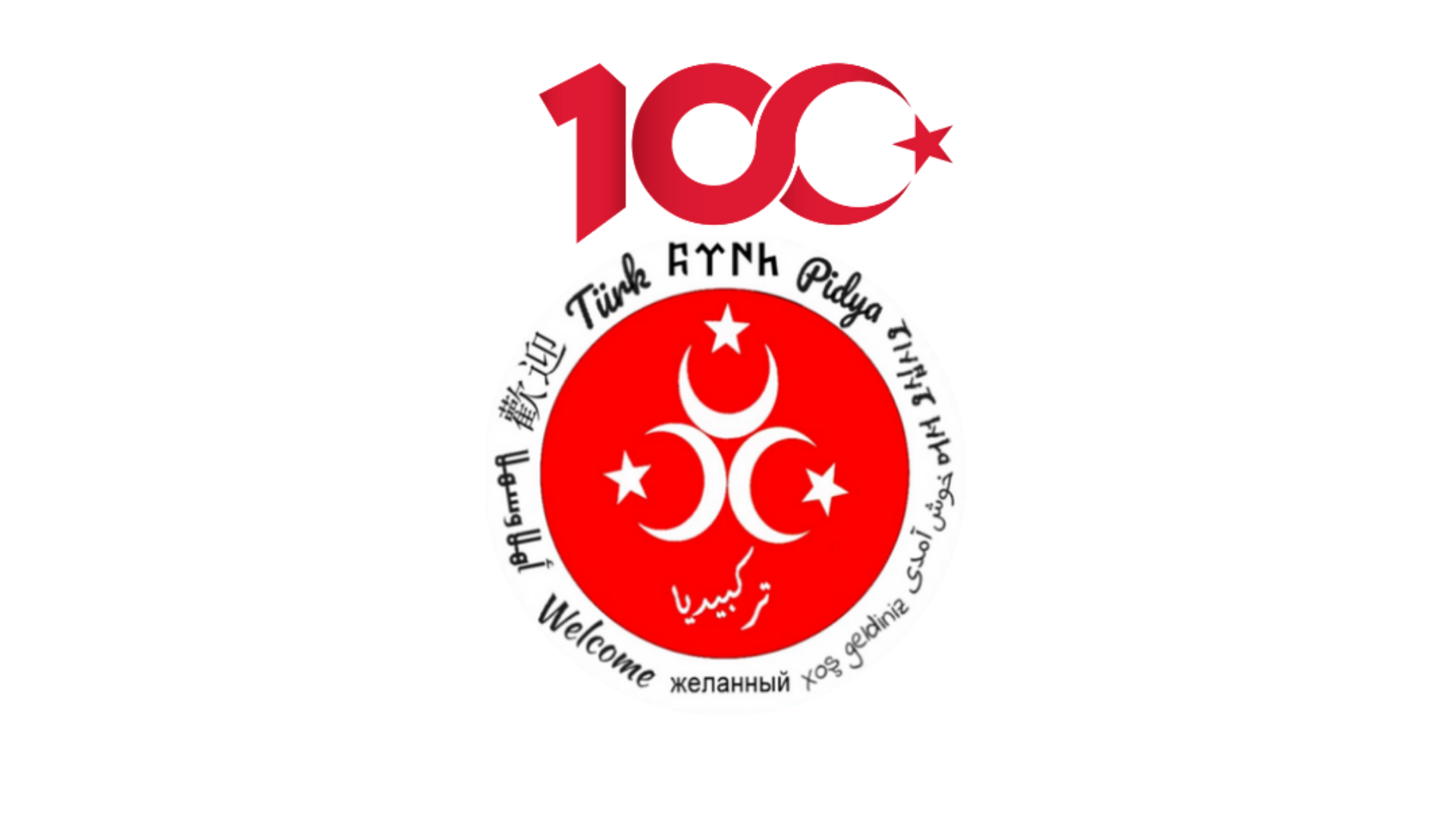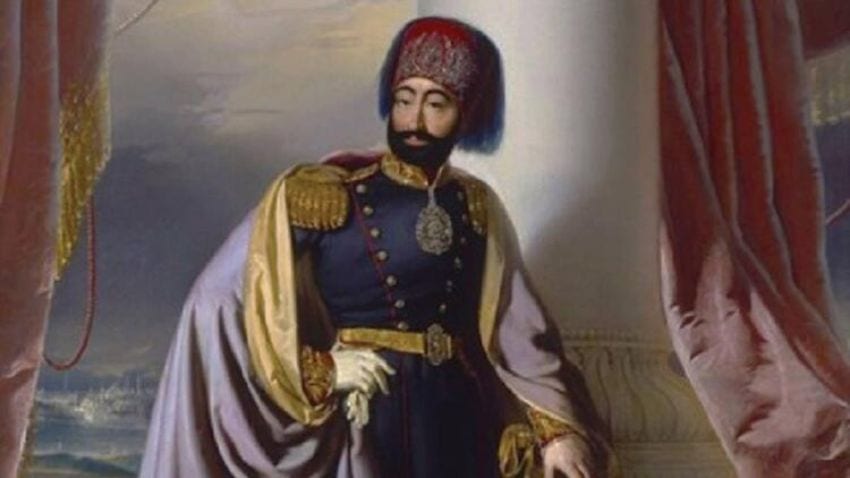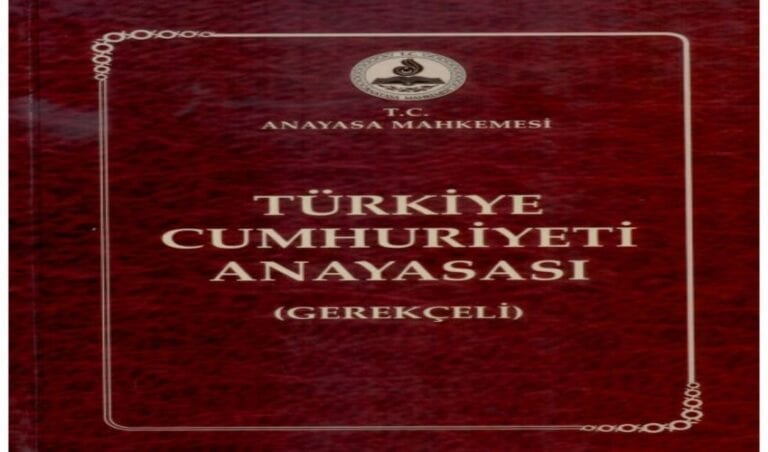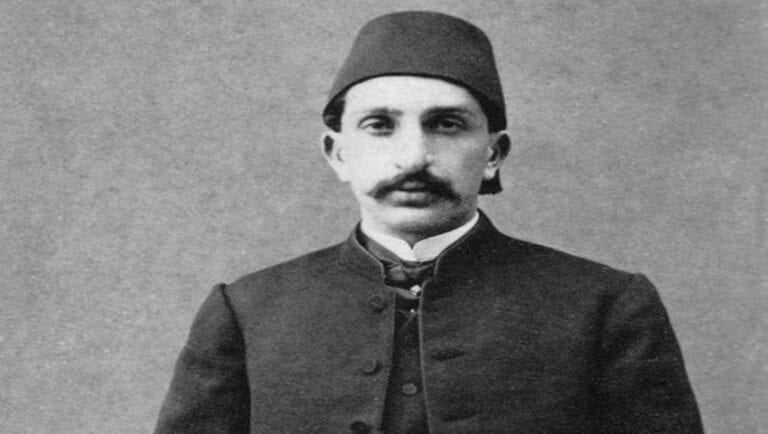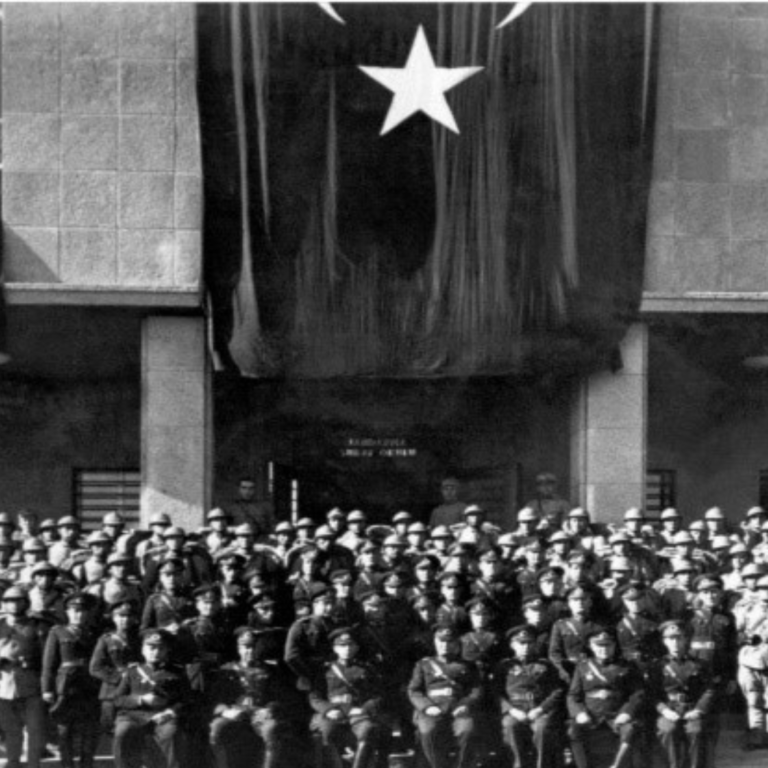Table of Contents
Sultan Mahmud II is one of the most important reformist sultans of the Ottoman Empire, whose reign witnessed many important decisions that changed the shape of the empire.
The era of Sultan Mahmud witnessed the Ottoman Empire’s loss of Greece and Algeria, in addition to the rebellion of the ruler Muhammad Ali Pasha.

The lineage and family of Sultan Mahmud II
Sultan Mahmud II belongs to the Ottoman family, as his full name even Erturgul Gazi is:
Sultan Mahmoud II son of Abd al-Hamid I son of Ahmed III son of Muhammad IV son of Ibrahim I son of Ahmed I son of Muhammad III son of Murad III son of Salim II son of Suleiman the Magnificent son of Selim I bin Bayazid II son of Muhammad Al-Fatih son of Murad II son of Muhammad I son of Bayazid I son of Murad I son of Orhan Gazi son of Osman son of Erturgul Gazi
Sultan Mahmud II married 16 wives, and they were:
- Dilseza Kadın
- Ali canab Kadın
- Kamerfer Kadın
- Nevfidan Kadın
- Hoşyar Kadın
- Aşubcan Kadın
- Mislinayab Kadın
- Nurtab Kadın
- Bezmiâlem Sultan
- Ebrureftar Kadın
- Pervizifelek Kadın
- Hüsnümelek Hanım
- Pertevniyal Sultan
- Tiryal Hanım
- Zernigar Hanım
- Lebrizifelek Hanım
The early life of Sultan Mahmud II
Prince Mahmoud II was born on July 20, 1785, in the month of Ramadan. To Sultan Abdul Hamid I and his wife Nakshidil Sultan.
The Prince was imprisoned in the palace after the death of his father and his half-brother Sultan Mustafa IV ordered his execution to defuse the rebellion.
Sultan Mustafa IV tried to secure his rule by portraying himself as the only heir to the Ottoman family and therefore he ordered the execution of his two brothers, Mahmoud II and Selim III.
There was a major rebellion in which the rebels were seeking to implement the reforms that the Sultan wanted to undo.
The Sultan succeeded in executing Selim III, but Prince Mahmoud II managed to escape and hide, to appear after that and depose Sultan Mustafa with the help of the rebels to take power.

The reign of Sultan Mahmud II
Janissaries rebellion
Sultan Mahmud II ascended to the throne of the Ottoman Empire in 1808 at the age of 23, and began immediately to reform the army, as the Grand Vizier, Mustafa Bayraktar, were ordered to reform the Janissaries forces .
The beginning of the reign of Sultan Mahmud II witnessed a great revolt by the Janissaries in protest against the Sultan’s attempt to organize their formations.
The Janissaries tried to return Sultan Mustafa IV to power, who was opposed to the reforms, as the Janissaries set fire to the government building and killed the Grand Vizier.
The Sultan had to cancel the reforms actuatedly after the Janissaries set fire to Istanbul.

Eliminating the Janissaries
Sultan Mahmud II began attempts to form a modern army similar to the European armies, the Janissaries rebelled against this idea in the streets of the capital.
Sultan Mahmud II ordered the forces of Sipahi to attack the Janissaries and return them to their barracks as the sultan rallied the support of the public to get rid of the Janissaries.
Sipahi forces succeeded, along with the people who hated the injustice of the Janissaries and their burning of the capital, to return the Janissaries to their barracks.
After that, the sultan ordered the artillery to fire on the Janissaries barracks, killing 4000 soldiers.
More soldiers were killed on the streets of the capital, the survivors fled or were imprisoned, and the Sultan confiscated all their property, and the Janissaries were completely wiped out.
Military reforms
Sultan Mahmud II introduced many military reforms, the most important of which are:
- The introduction of the compulsory recruitment system
- Sending officers on missions abroad
- Recruitment of officers from Prussia to train the troops
- The reopening of the Naval School and the construction of barracks for the Navy
- Establishing the Naval School for Outstanding Students
- The establishment of the Mahmudiye ship, which was the largest ship in the world for a long time, as it managed more than a thousand salior and carried 128 cannons.
- The introduction of steam-powered ships to the Ottoman Navy.

Educational reforms
Sultan Mahmud II introduced many amendments to the education system, as he established elementary schools to teach the Holy Qur’an, the principles of the Arabic language and Turkish letters.
The Sultan also established secondary schools to teach mathematics, geography and history.
The Sultan also improved the language school, which was established during the reign of Sultan Mustafa IV to graduate translators.
During the reign of Sultan Mahmud II, the Ottoman Empire sent many educational missions to Paris and London to learn modern arts and sciences, where the students were accompanied by the Sultan’s ambassador who wrote reports about their academic level.
Among the educational reforms is the renovation of the Mahmudiyah Library in Medina.
Social reforms
The reign of Sultan Mahmud II witnessed changes in the Ottoman society, as the Sultan introduced a dress that resembles European clothing and replaced the turban, which was widespread as a head cover with a fez.
The fez was worn by subjects of the Ottoman Empire in Romania, as the Sultan forced civil and military state employees to wear new clothes in their workplaces.

The Ottoman Saudi War
The reign of Sultan Mahmud II witnessed a revolt in the Hijaz, as Abdullah bin Saud established the first Saudi state in Dir’iyah and succeeded in controlling Mecca, Medina and Jeddah.
The Sultan ordered the governor of Egypt, Muhammad Ali Pasha, to eliminate the first Saudi state.
The Egyptian-Ottoman army would go to the Hijaz and be able to restore Mecca and Medina to the Ottoman Caliphate.
The Ottoman-Saudi war continued until the Egyptian Ottoman army, led by Ibn Muhammad Ali Pasha, arrived in the capital, Dir’iya, and Abdullah bin Saud al-Kabir surrendered.
Muhammad Ali Pasha sent saud sent to İstanbul to be executed with a fatwa from the Sheikh of Islam for his departure from the ruler and his disobedience.
Greece Independence
The Greco-Ottoman War broke out during the reign of Sultan Mahmud II, when the Greeks revolted with the support of European countries.
Sultan Mahmoud II ordered the governor of Egypt, Muhammad Ali Pasha to send troops to suppress the revolution.
The governor of Egypt sent 17 thousand Egyptian soldiers to Greece in order to help the ottoman empire.
The Egyptian and Ottoman soldiers met with the Egyptian and Ottoman navies, as the alliance succeeded in defeating the Greek rebellion.
Russia, France and England came together in an alliance that aimed to separate Greece from the Ottoman Empire, as France prepared a land army that retook Greece from the forces of Muhammad Ali Pasha.
In addition, the European alliance fleets destroyed the Egyptian and Ottoman fleets in the Battle of Navarino.

Occupation of Algeria
France took advantage of the weakness of the Ottoman Empire after destroying a large part of its naval fleet at the Battle of Navarino for under the jurisdiction of Algiers.
The Ottoman state was unable to defend Algeria due to the distance and the lack of naval forces to transport equipment and soldiers.
Egyptian–Ottoman War
Muhammad Ali Pasha the governor of Egypt wanted to overthrow the Ottoman Empire and replace it with an Alawite Empire, as the governor took advantage of the weakness of the Ottoman Empire after the defeat by Greece, and France in Algeria.
Muhammad Ali Pasha was able to control the Levant after the defeat of the Ottoman army, and then advanced to the Taurus Mountains and then to Anatolia until he reached the city of Konya.
The governor’s rebellion ended after the intervention of European countries and Russia, as these countries concluded a defense treaty with the Ottoman Empire.
The war flared up again at the end of the reign of Sultan Mahmud II, as the Battle of Nezib was one of the most important battles that Muhammad Ali Pasha won in 1839 AD.

The death of Sultan Mahmud II
Sultan Mahmud II died of TB infection in 1839 where he was transferred to one of the outskirts of Istanbul to the hospital he passed away in a fifty – fourth of the old successor to his son Sultan Abdul Majid.
